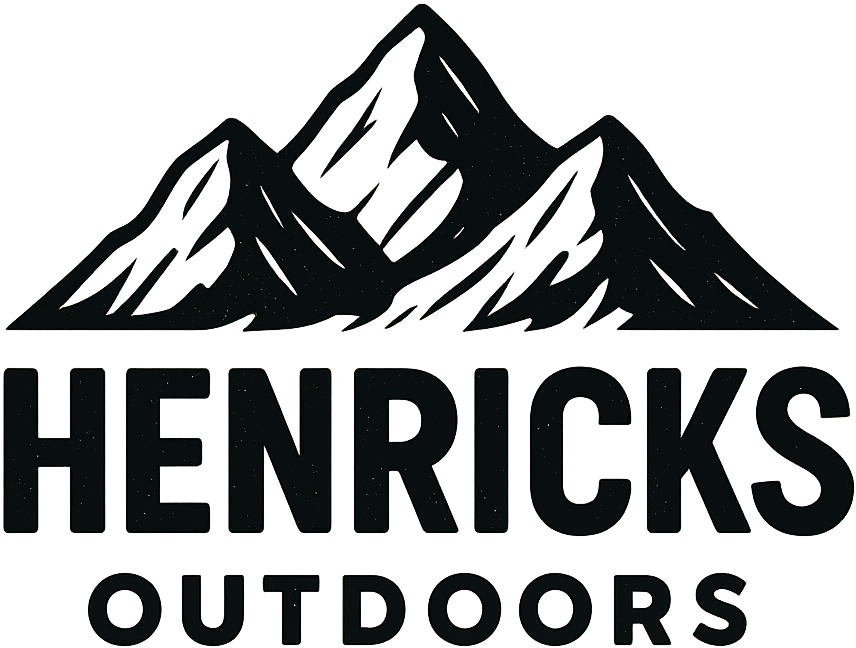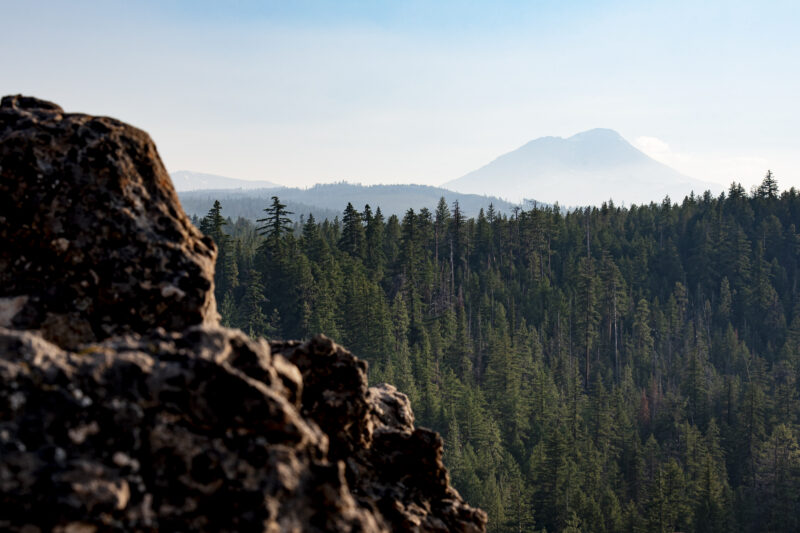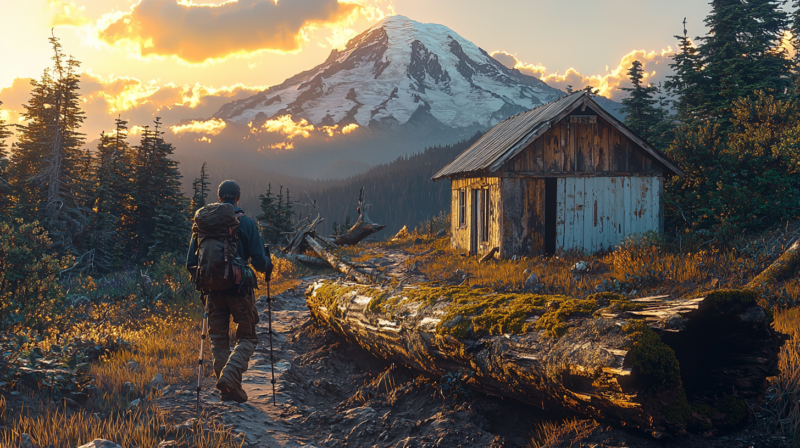Protecting Our Public Lands: A Call to Action for Outdoor Enthusiasts
Will You Still Have Access In the Coming Years?
Picture yourself atop a ridge in Oregon’s Willamette National Forest, the scent of pine in the air. Or watching a fiery sunset paint the cliffs of Utah’s Zion National Park. Or hiking to a historic fire lookout in Washington’s Northern Cascades, with alpine peaks sprawling to the horizon. These aren’t just places on a map—they’re our shared playgrounds, managed by the Bureau of Land Management (BLM) and U.S. Forest Service (USFS). But a looming threat could shut the gate on these cherished spaces.
A proposed Senate bill, NEW25684 GD8 S.L.C., mandates the sale of 1.3 to 1.9 million acres of public lands—though some analyses warn that broader eligibility could result in even higher totals. Some of the trails, campsites, and scenic overlooks we love—especially in less-protected areas—could be sold and closed off to the public. While having the appearance of addressing real issues like the national debt and housing demand, the bill lacks protections that ensure these lands remain accessible. If you love hiking, camping, hunting, fishing, photography, or just breathing fresh air under open skies, now’s the time to act.
What the Bill Would Do
The reconciliation bill aims to sell 0.5% to 0.75% of BLM and USFS lands in:
- Alaska, Arizona, California, Colorado, Idaho, Nevada, New Mexico, Oregon, Utah, Washington, Wyoming
That’s 1.3 to 1.9 million acres, potentially more according to The Wilderness Society. These sales could go toward housing and infrastructure, but:
- There’s no requirement for affordable housing: The bill mandates land use for housing or associated infrastructure (Section 0301(f)(1)), but lacks any explicit requirement for affordable housing, risking luxury developments that could limit public access.
- Exemptions exist for National Parks, but not for less-protected Wilderness Study Areas: National Parks are exempt under “federally protected land” (Section 0301(a)(4)), while Wilderness Study Areas are not explicitly excluded, leaving them vulnerable to nomination.
- The process reduces traditional public hearings, limiting transparency: Consultation with governors and tribes is required (Section 0301(c)(2)(B)), but the streamlined process may bypass full public hearings, reducing traditional input opportunities.
- Priority is given to lands adjacent to existing development or with infrastructure access: The bill prioritizes lands near developed areas or with infrastructure (Section 0301(c)(3)), potentially targeting accessible recreational zones.
Total USFS/BLM Acreage Available
The Senate reconciliation bill establishes a structured yet rapid timeline for the potential sale of public lands, beginning with a 30-day period after enactment for the Secretaries of the Interior and Agriculture to solicit nominations. Following this, they will release lists of selected tracts every 60 days, continuing this process until the disposal goal is met within five years, with sales executed through competitive auctions. This recurring cycle, lacking a fixed sale schedule within the 60-day intervals, could lead to sudden decisions that threaten access to our favorite outdoor spaces, making it crucial for us to stay proactive in their defense.
| State | Total Acreage Available for Sale | USFS Acreage Available for Sale | BLM Acreage Available for Sale |
| Alaska | 79,491,531 | 15,944,525 | 63,547,006 |
| Arizona | 14,423,967 | 8,421,847 | 6,002,121 |
| California | 16,682,607 | 11,170,196 | 5,512,411 |
| Colorado | 14,352,632 | 9,384,415 | 4,968,217 |
| Idaho | 21,685,823 | 13,287,959 | 8,397,864 |
| Nevada | 33,580,624 | 3,527,280 | 30,053,344 |
| New Mexico | 14,312,074 | 6,479,502 | 7,832,572 |
| Oregon | 21,745,380 | 9,889,298 | 11,856,082 |
| Utah | 18,746,709 | 6,096,360 | 12,650,349 |
| Washington | 5,371,690 | 5,027,438 | 344,252 |
| Wyoming | 14,940,234 | 5,311,119 | 9,629,116 |
| Total | 255,333,273 | 94,539,939 | 160,793,334 |
Why These Lands Matter
Public lands fuel our adventures and sustain ecosystems. In 2022, outdoor recreation contributed $563 billion to the U.S. economy and supported 4.5 million jobs (Outdoor Industry Association).
| Aspect | Value |
|---|---|
| Recreation | Hiking, camping, fishing, hunting, skiing, photography |
| Conservation | Preserves biodiversity, watersheds, climate buffers |
| Cultural Heritage | Sacred Indigenous sites, historic trails |
| Economic Benefits | Local tourism, outdoor gear industries |
Camping under the stars in Oregon’s national forests has brought me peace I couldn’t find anywhere else. If these lands disappear, so do these moments.
The Debt Dilemma: A False Trade-Off
Yes, the national debt now exceeds $36 trillion (U.S. Treasury, June 2025). But selling public lands is a shortsighted fix. These lands offer billions in ecosystem services—clean air, water filtration, carbon storage. Once gone, they’re gone forever.
Better fiscal solutions exist: reforming tax codes, trimming bureaucratic waste, or reprioritizing federal spending. Protecting nature and balancing budgets aren’t mutually exclusive.
Housing Crisis: A Misguided Solution
With over 11 million unauthorized immigrants and housing demand rising (Pew Research; Statista), affordable housing is urgent. But the bill fails to require that sold lands serve working families or marginalized communities. What we risk instead are luxury resorts or gated estates.
Alternative solutions?
- Zoning reform in urban cores
- Incentives for affordable infill housing
- Reuse of underutilized properties before selling off wilderness
Public lands should serve the public, not just developers.
📣 How You Can Help Right Now
This isn’t just policy. It’s personal. Here’s how to take action:
- Contact Your Senators: Use the Outdoor Alliance tool to call/email. Stress the economic and emotional value of public lands.
- Support Conservation Groups: Donate to or join The Wilderness Society or Backcountry Hunters and Anglers.
- Raise Awareness: Share your favorite trail photo with #SaveOurPublicLands. Show what’s at stake.
- Show Up: Join a protest at a local park, but be respectful!
- Write Letters to Editors: Submit op-eds or letters to your local newspapers and outdoor publications—your voice can influence public opinion.
- Organize a Local Meetup: Host a town hall, trail cleanup, or hike-in event to discuss the issue with your community.
- Engage Lawmakers on Social Media: Tag your senators and representatives in posts that show why public lands matter to you.
Let’s Keep Public Lands in Public Hands
Our public lands are a legacy that defines the American West, offering spaces for adventure, reflection, and connection with nature. The proposed sale of 1.3–1.9 million acres threatens this heritage, potentially locking us out of trails and vistas we cherish. While national debt and housing challenges are real, selling our lands is a shortsighted fix that sacrifices long-term benefits for short-term gains. By uniting as hikers, photographers, hunters, anglers, and outdoor enthusiasts, we can protect these spaces for future generations. Let’s raise our voices, contact our leaders, and ensure our public lands remain open to all.
Here’s a map of public lands.
Claims and Corresponding Facts
Here is a short list of claims identified online, paired with the corresponding facts as currently known and understood. These claims were primarily found through Instagram posts, Reddit discussions, and other user-generated content, which were evaluated against the bill’s text and supporting data.
- Claim: “250+ million acres of USFS and BLM land will be at risk of being sold” (implying the full amount will be sold).
- Fact: The bill mandates the sale of 0.5%–0.75% of BLM and USFS lands, equating to approximately 1.3–1.9 million acres from a total eligible pool of over 250 million acres. The larger figure represents land eligible for nomination, not the amount to be sold.
- Claim: “The bill demands nominations begin within 30 days if it passes, and every 60 days until they meet their goal of selling a minimum of 2 million acres and maximum of 3.3 million acres.”
- Fact: Nominations must begin within 30 days, with lists published every 60 days, but the goal is 1.3–1.9 million acres (based on 255 million acres of managed land), not 2–3.3 million acres. The higher range appears to be an overestimate or advocacy framing.
- Claim: “The U.S. Senate has proposed a spending bill that would allow the sale of up to 3.3 million acres of public lands… including areas that surround or intersect the Pacific Crest Trail.”
- Fact: The bill proposes selling 1.3–1.9 million acres, with 3.3 million being an overestimate. While the Pacific Crest Trail (PCT) itself (a National Scenic Trail) is not explicitly excluded, its status as a component of the National Trails System suggests protection, though adjacent lands could be at risk due to vague language.
- Claim: “Over 18 million acres in Utah alone would be eligible for nomination.”
- Fact: Utah’s total managed BLM and USFS land is approximately 18.7 million acres (per the provided table), which is eligible for nomination. However, only 0.5%–0.75% (93,733–140,600 acres) would be selected for sale, not the full 18 million.




